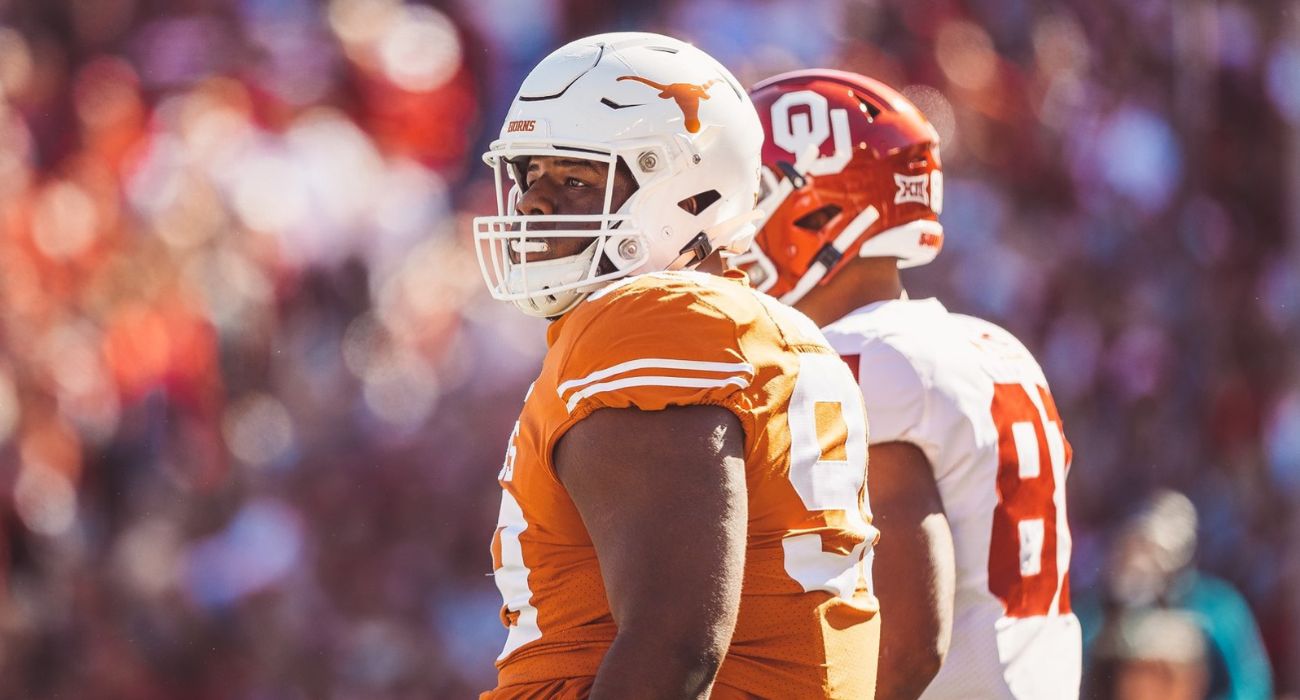The University of Texas and the University of Oklahoma will not take as big of a financial hit for leaving the Big 12 as previously thought.
Originally expected to have to pay $160 million as part of their departure from the Big 12 to join the Southeastern Conference (SEC) next July, it has recently been revealed that the schools will instead forgo an estimated $100 million — about $80 million to account for the money other Big 12 schools will not have in 2024-25 and roughly $20 million to help finance new conference members.
The Big 12’s bylaws are a significant reason for the reduction in exit costs. The conference is required to withhold its funds from departing programs for their final two years in the conference, according to USA Today. However, Texas and Oklahoma received their portions from last season. They will also receive them for this season before departing, as the bylaws were reportedly less enforceable than many of the conference’s leaders were led to believe.
Texas and Oklahoma will not receive anything from the SEC’s shared revenue next season. Still, their football and men’s basketball programs could benefit from SEC bylaws allowing sport-specific revenue distributions.
Over the last two months, the Big 12 has been at the forefront of further conference expansion and realignment as it fights to survive in an ever-changing landscape, adding four schools (Colorado, Utah, Arizona, and Arizona State) as new conference members next season and aiding in the dismantling of the PAC-12, which now has only two members remaining.
The additions helped soften the blow as the schools negotiated their departures with the conference.
“This was a business decision,” Big 12 Commissioner Brett Yormark told USA Today. “Historically, the withdrawal from a conference has resulted in a negotiated settlement, and we believe we landed in a good place. Our future is as bright as it’s ever been.”
“In the eyes of the public, there’s been no better time to be a part of the Big 12,” he continued. “Our footprint will encompass 10 states, four time zones, and 90 million people. The narrative around the Big 12 has changed.”
The Big 12 has returned to the conversation for now, but has it done enough to survive without its two most prominent brands?






